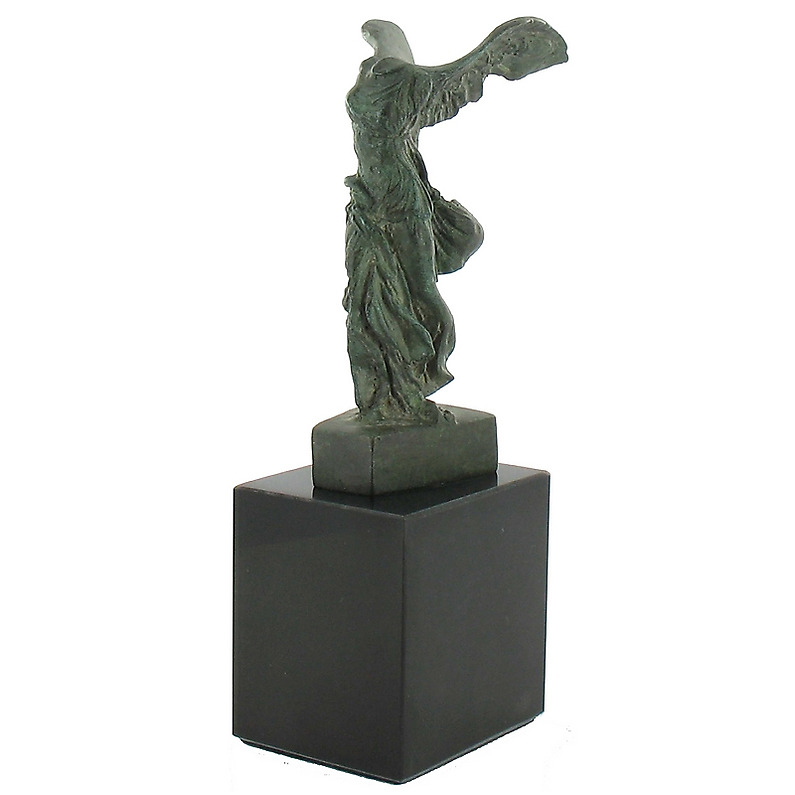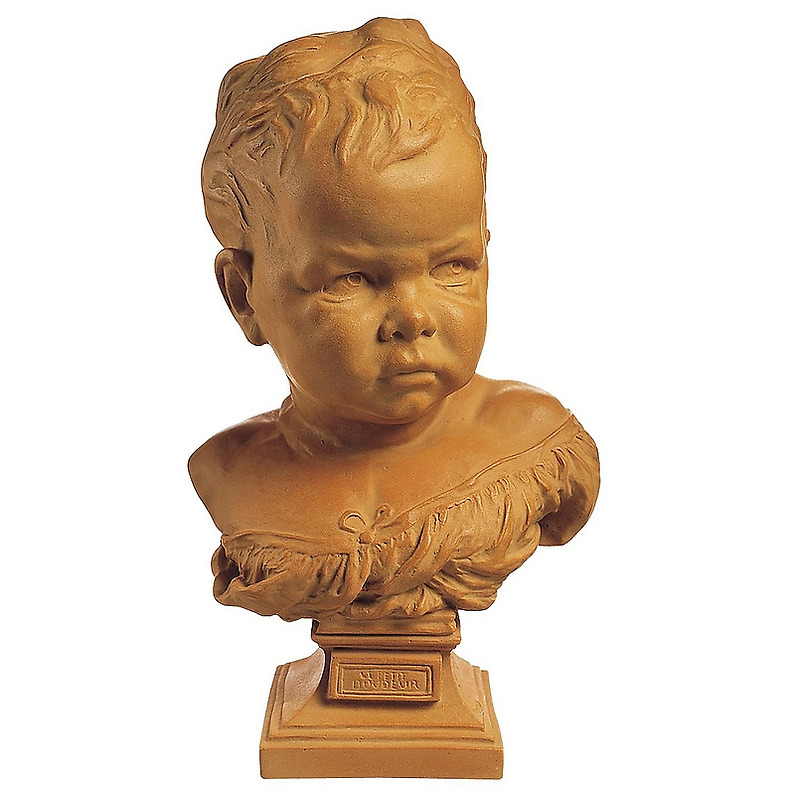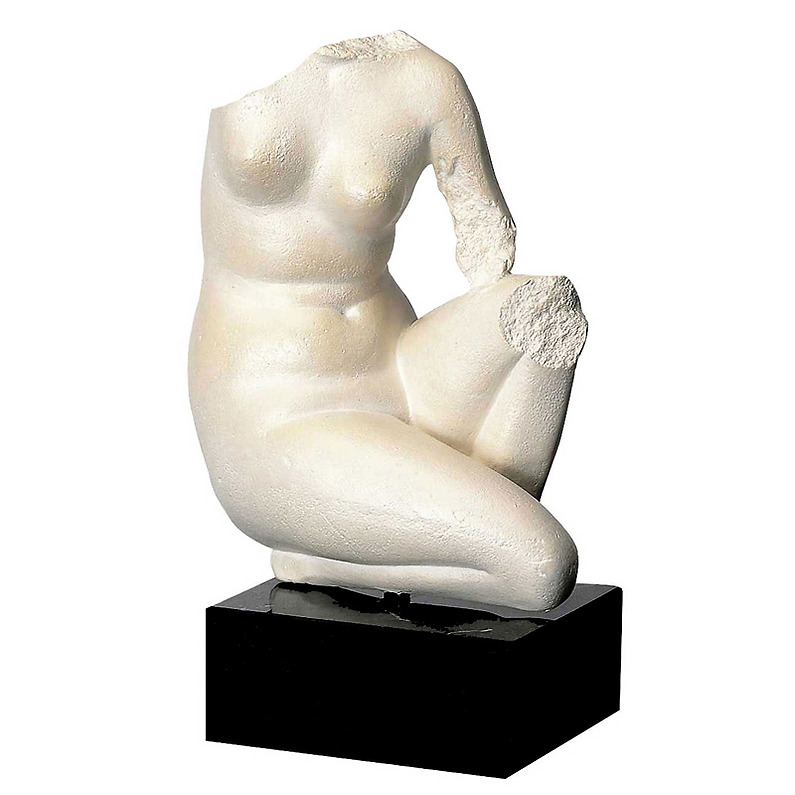Description
This reproduction is inspired by a work from Degas (1834-1917).
The older I get, the more I realize that to achieve an accuracy so perfect that it gives the impression of life, I must resort to the three dimensions because an approximation is not acceptable.
His studies were only intended to improve his paintings. He never showed them, with the exception of the small fourteen-year old dancer, which he displayed in 1881 at the sixth Impressionist exhibition.
It aroused adverse reactions from the general public, but also the admiration of the writer Joris-Karl Huysmans, who wrote:
this statuette is the only really modern attempt in sculpture that I know of’.
Degas refused to have his sculptures cast in bronze as Vollard, the art dealer, wished. He felt this eternal material would prevent him from starting again. However, around 1900, he accepted to have three of his studies cast, including this dancer examining the sole of her right foot.
He therefore considered it as finished, even though he continued working on this pose until the end of his life. This dancer, in a position of equilibrium, is part of the artist’s research into rotary movement and the unstable character of the body.
On the death of Degas, the art dealers Durand-Ruel and Vollard, who were in charge of his estate, only kept 73 sculptures out of the 150 found in his studio.Unintentionally, Degas thus gave a new life to 19th century sculpture.








Reviews
There are no reviews yet.